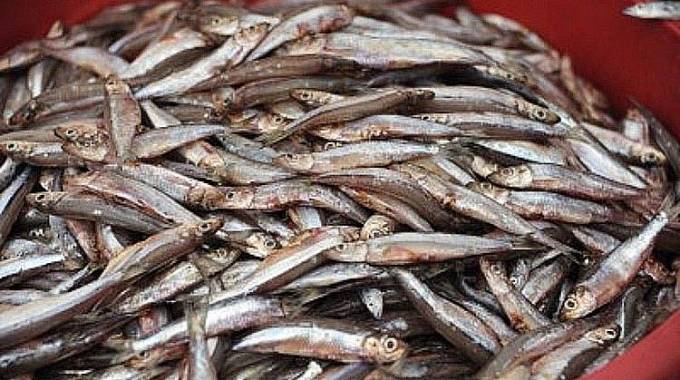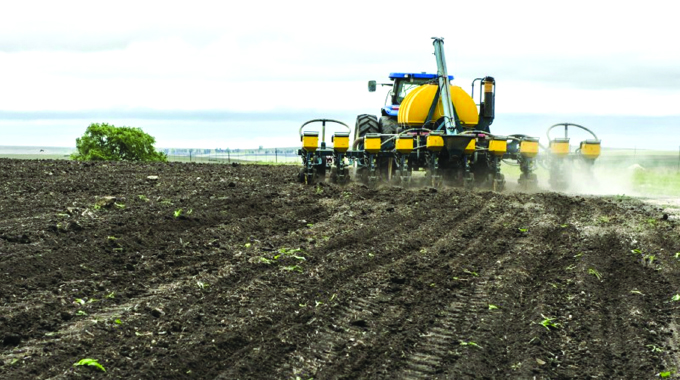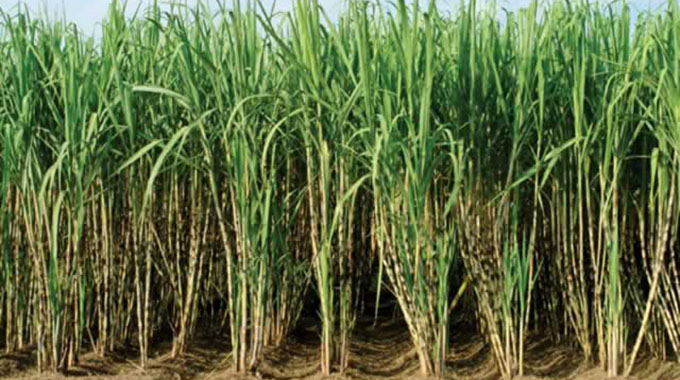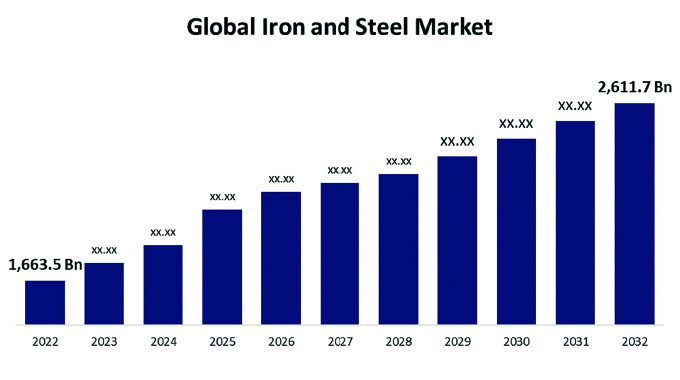Save Kariba from being fished dry, fishermen urge Govt

Edgar Vhera Agriculture Specialist Writer
FOLLOWING the recent influx of fishing boats accompanied by relentless fishing activities in Lake Kariba, kapenta producers have beseeched the governments of Zimbabwe and Zambia to act urgently and save the industry from collapse due to over-fishing.
Zimbabwe Kapenta Producers Association (ZKPA) secretary general Mr Nesbert Mapfumo made the call in a letter addressed to the Zimbabwe Parks and Wildlife Management Authority the director-general, Dr Fulton Mangwanya, recently.
“At the recent technical committee meeting of fisheries of Lake Kariba held in Zambia from July 7 to 9, 2022 it was revealed that the number of kapenta rigs on the Zambian side was approximately 1 300. Zambia’s Department of Fisheries pointed out in the meeting that the issue was beyond their control since it is entitled to 225 fishing rigs with Zimbabwe supposed to be getting 275,” Mr Mapfumo observed in the letter.
Dr Mangwanya yesterday acknowledged that he was aware of the challenges affecting local kapenta producers because of the high number of fishing boats in the lake.
“Zambian operators have over 1 000 boats, a figure that is higher than what they are supposed to have. Their challenge is the lack of protected areas like we have in Zimbabwe. Since kapenta stocks are depleted in Zambia, their fishermen encroach into Zimbabwe – worse still they poach in breeding areas, exacerbating the situation.
It will be necessary to initiate a top-level engagement between Zimbabwe and Zambia starting with permanent secretaries within the respective ministries, followed by ministers and eventually the presidium to solve the problem, he observed.
Fishing entitlement rights in Lake Kariba are based on the proportion of the surface area of the lake allocated to each of the riparian countries with Zimbabwe on 55 percent and Zambia on 45 percent.
As Lake Kariba is shared by the two riparian countries what happens on the Zambian side affects fishers on the Zimbabwean side in terms of catches and economic viability.
Fish catches on the Zimbabwean side have been declining over the years and if the issue of growing boat numbers on the Zambian side is not addressed, it may result in Zimbabwean operators failing to raise permit fees and meet other statutory obligations.
A fisherman who requested anonymity said: “I started the kapenta business in 2012/13 period with one boat and used to catch 40 bags of kapenta every month. I used to sell each bag at US$210 and within three months I was able to construct another boat that cost me US$15 000. Increased construction of boats by other players in the kapenta industry saw their numbers surpassing those recommended to be in the waters at any given time. That means there are too many boats chasing too little fish, explained Mr Mapfumo.
“At the moment it has become tough to get five to 10 bags per month. To add insult, the price we sell a bag of kapenta has gone down on most occasions to US$150, while the price of diesel has increased from about US$1 to US$1, 80 per litre. National Parks has maintained their fee of US$1 200 per boat annually. This has put us fishers in a cost-price squeeze, with many failing to pay for permits, workers and boat maintenance.”
Binga Fisheries Association chairman, Mr Givemore Dube said kapenta farming business was no longer profitable and unsustainable.
“The kapenta farming business is no longer sustainable as a result of high numbers of boats from the Zambian side, which are in excess of 1 300 instead of about 250 while Zimbabwe has less than 600. The challenge with boats fishing from the Zambian side is that they are not standardised. One easy way of cutting the number of boats fishing in the lake is through standardising their dimensions.
“The kapenta fishing permit charges of US$1 200 per boat against poor catches and low prices have seen many businesses going bankrupt. It is kapenta fishers’ hope that permit fees be reviewed downwards,” said Mr Dube.
It is in this regard that the ZKPA has requested the director general of ZPWMA to arrange a higher-level engagement with their Zambian counterparts to address the high number of fishing rigs and other policy issues. As Zimbabwe has implemented the moratorium on the construction of rigs and kapenta permits, doing the same on the Zambian side would aid sustainability of the fishing sector.
A theoretical bio-economic framework developed to explore the optimal management and sustainable utilisation of kapenta resources in Lake Kariba in 2018 indicated that Zimbabwe had 539 rigs. That number pointed to the deployment of excessive fishing effort that is way above the optimal level that enhances sustainability.
The model also established that a yield of 25 055 tonnes of wet Kapenta can sustainably be harvested annually with 404 boat each fishing 281 nights per year corresponding to an effort function of 113, 721 nights per year.
Every year the value of marginal user cost per tonne of wet Kapenta was US$841, a pointer to the unobservable and missing value of fish swimming in the lake.
The recommendation from that study was the need to curtail fishing effort and leave a legacy for the future generation.
An analysis of whole lake catches showed that kapenta catches were on the increase from a 1974 value of 487 tonnes to the maximum value of 30 943 tonnes in 1990 and has been on a continual decline ever since.








Comments